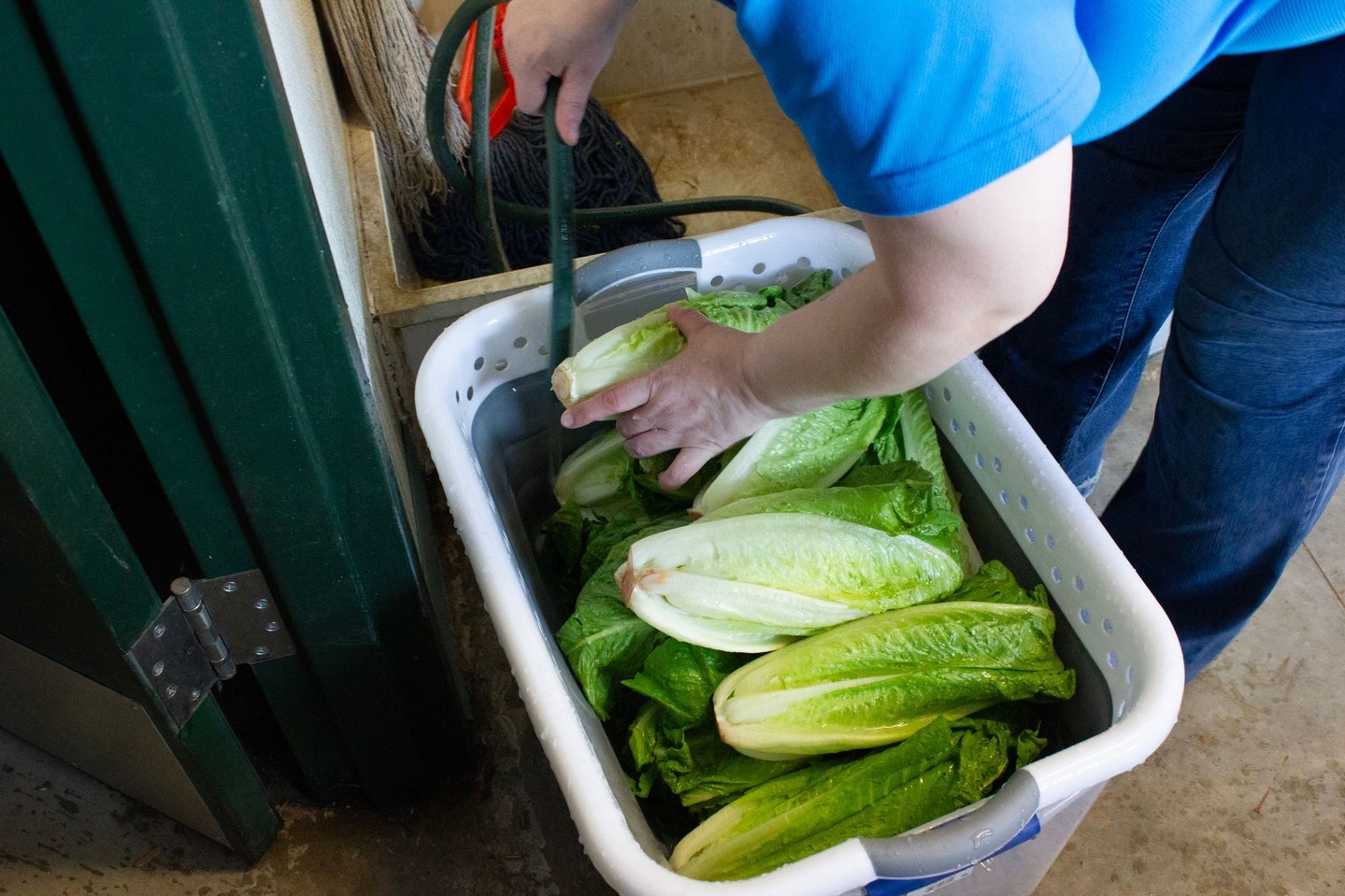- Crafting nutritious diets for zoo animals, focusing on giraffe feeding requirements
- The process and importance of food preparation and presentation for giraffes
- Zoo enrichment programs highlighting their role in animal well-being
- The significance of volunteer programs in supporting zoo operations and wildlife conservation
- Educational opportunities and the impact of community involvement in zoos
Nutrition plays a crucial role in maintaining the health and well-being of zoo animals. Regarding giraffes, the towering ambassadors of African savannas found in many zoos worldwide, special considerations must be made to cater to their specific dietary needs. Creating a diet for such unique creatures as Nigel, Zuri, and Eddie, the zoo’s resident giraffes, involves a blend of science, care, and dedication.
Preparing meals for giraffes is a complex task that starts with understanding their natural feeding habits. In the wild, giraffes primarily consume leaves, shoots, and fruits from various plants, with Acacia species often being their favorites. Their long necks and prehensile tongues allow them to reach and strip foliage from high branches inaccessible to other herbivores. To replicate this diet, nutritionists at the zoo must formulate a mix that provides the same nutritional content that giraffes would find in their natural habitat.
The key components of a giraffe’s diet in captivity usually include a base of high-fiber hay, fresh browse (branches with leaves), various fruits and vegetables, and specialized pellets that supplement any potential micronutrient deficiencies. Preparing this daily smorgasbord requires careful planning. The fresh browse, for instance, needs to be sourced from safe, pesticide-free trees and must be varied to ensure a range of nutrients. This highlights the effort dedicated by the zoo staff in ensuring that Nigel, Zuri, and Eddie not only survive but thrive.
Presentation of food is equally essential in simulating natural feeding behaviors. Giraffes are accustomed to grazing for up to 20 hours daily—nibbling at lofty heights. To encourage this, food items are typically placed in high feeders that stimulate their natural browsing posture and feeding routine. Engaging giraffes in this familiar behavior is vital for their physical and psychological health.
Beyond merely satisfying hunger, eating can be an enriching experience for animals. This is where the concept of environmental enrichment comes in. It involves providing animals with stimulating and challenging activities, objects, and environments that encourage natural behaviors. In the case of giraffes, enrichment can take the form of puzzle feeders that require them to manipulate objects to access food, mimicking the challenge of foraging in the wild. Enrichment is a daily consideration, reflecting the zoo’s commitment to animal care excellence.
Volunteer programs at zoos present an exciting opportunity for the public to participate in these behind-the-scenes activities. Volunteers assist with tasks such as preparing food, creating enrichment items, and sometimes even participating in educational outreach. These programs support zoo operations and provide invaluable educational experiences for those involved.
Volunteering at a zoo like the one caring for Nigel, Zuri, and Eddie is more than just a chance to see animals up close; it’s a real contribution to wildlife conservation and education. By fostering a deeper connection between the community and its wildlife, volunteer programs promote awareness and inspire action for conservation issues.
Zoos bridge the world of wildlife conservation and public education. They are sites of scientific study and learning, homes for important breeding programs for endangered species, and, most importantly, platforms for conservation messaging. The Giraffe Feeding Experience, in this sense, is not just an attraction but an educational tool. When visitors witness the attention and effort put into each meal, they gain insight into the complexities of animal care and often leave with a heightened respect for nature and wildlife professionals.
Community members are empowered to play a more active role in preserving biodiversity by offering an insider glimpse into zoo operations through volunteer programs. They learn vital information about species-specific dietary needs, wildlife care, and the broader environmental issues that impact these magnificent creatures in captivity and the wild.
In summary, preparing food for giraffes may seem straightforward, but it encapsulates the zoo’s broader mission to foster healthy, enriched, and educated animal populations. By highlighting the work that goes into feeding Nigel, Zuri, and Eddie, we acknowledge the intricate weave of nutrition, enrichment, and public outreach that underpins the success of modern zoos. Every sliced carrot, every cut branch, and every meticulously prepared pellet is a testament to the zoo’s amalgamation of animal husbandry, education, and conservation—evidence that when it comes to caring for the natural world, every little act of care and consideration makes it all worthwhile.
*****
Source Description
There’s a lot that goes into preparing meals for the animals! Here you can see some of the work it takes to provide food for our Giraffe Feeding Experience. Nigel, Zuri, and Eddie do seem to appreciate it, which makes it all worthwhile. 🦒 🧡
If you’re interested in learning more about the behind-the-scenes workings of the zoo, consider joining our volunteer program! Learn more at newzoo.org (or DM us for a direct link to the page!).


